analogue feedback
analogue feedback
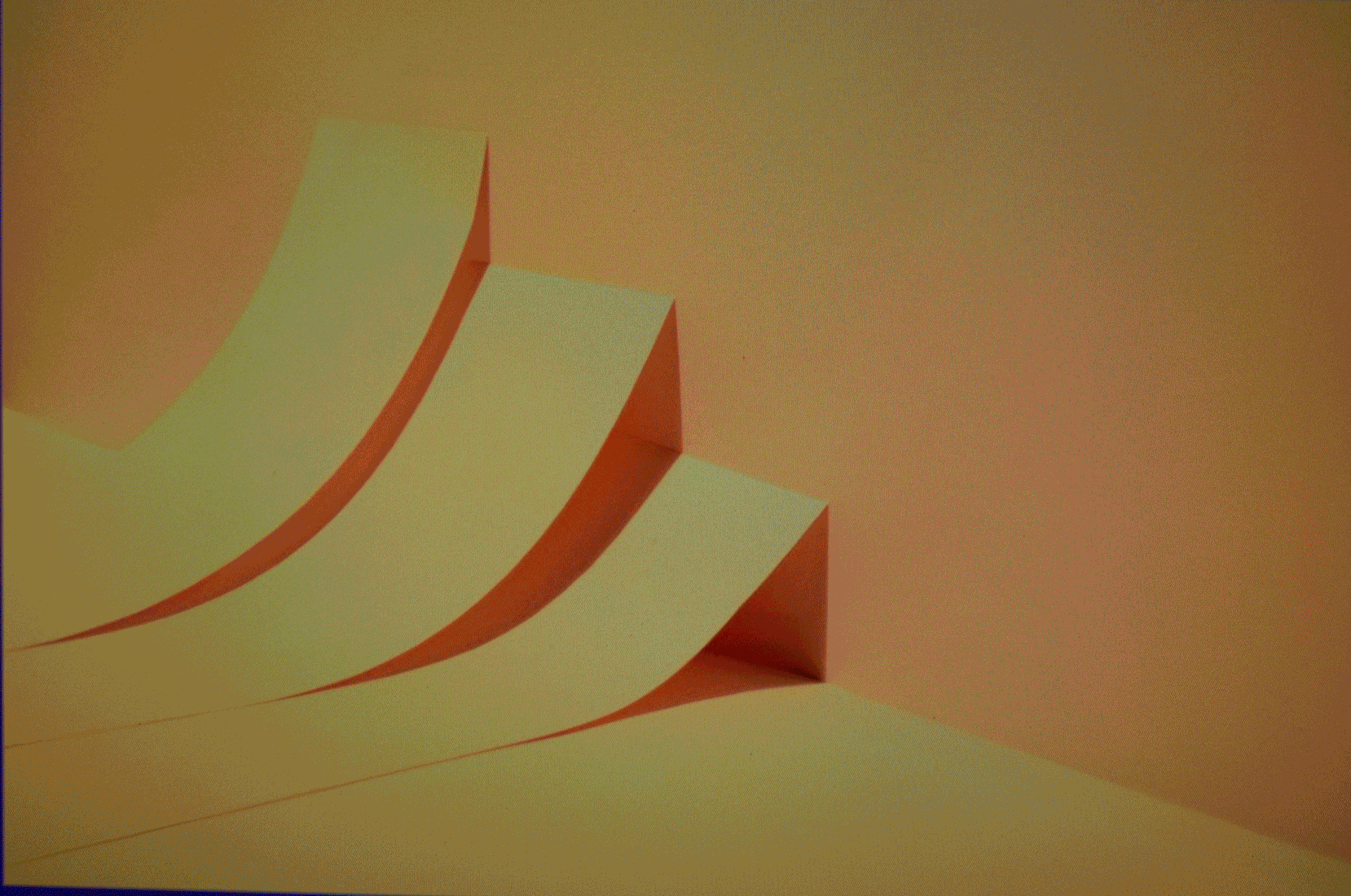
Screen as analogue feedback poses the question: how can we redefine the screen's role in the design process? Digital screens are primarily used as display surfaces where the content takes the main focus. Following the method used by French artist Corinne Vionnet's in her photography artwork Total Flag (2018), this experiment explores the screen as having a performative role.
Vionnet
In Total Flag, Vionnet employs the screen as an actor that is integral to the final aesthetic. To create this work, she photographed the US flag displayed on a screen, uploaded this photograph on to the screen and captured another picture. She repeated this process until the flag disfigured and disappeared. The remediation of information from the one screen to another causes data to get lost, contributing to the final look. This artwork demonstrates how a visual practitioner can manifest concepts of digital materiality through their work.
Total Flag 2018
Method
This experiment requires few materials: a screen, a camera device and a means to transfer photos from the camera source to the screen. You may use a tripod for consistency. Based on Vionnet's method: upload an image onto the screen, photograph the screen, upload the new photo to the screen and repeat the process until the desired result is achieved. It can be a time-consuming process.
Results
This method was applied to a random and mundane mix of imagery from my iPhone and laptop. Depending on the image, the effect generates different feelings and meanings; Vionnet projects a political message while a flower photograph raises questions about the image itself.
A trend emerged that the original image dissolved into reds, blues and greens. I tested this using a simple chart of CMYK and RGB colours that eventually turned into those before-said colours. Nonetheless, the beauty of this process is the unpredictability. The type of monitor, camera, cursor, framing, angle, lighting situation at the time and operating systems are just some variables that change the results.
Shot on a Nikon D3300

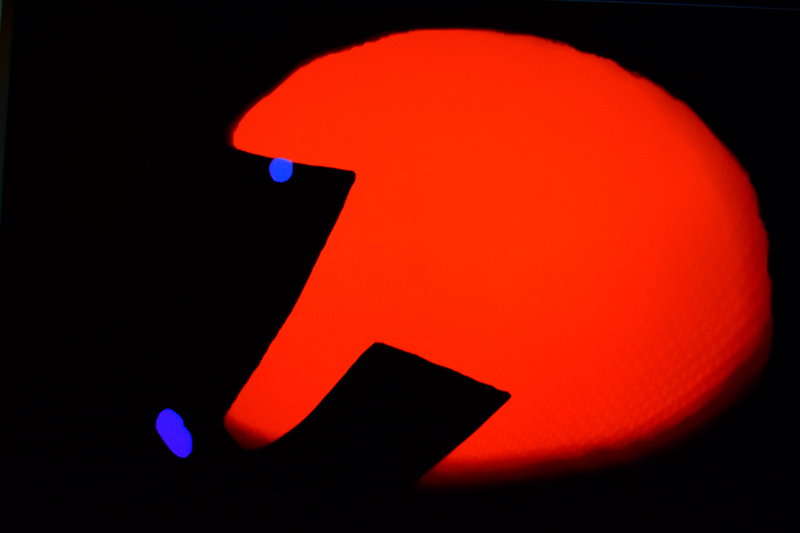
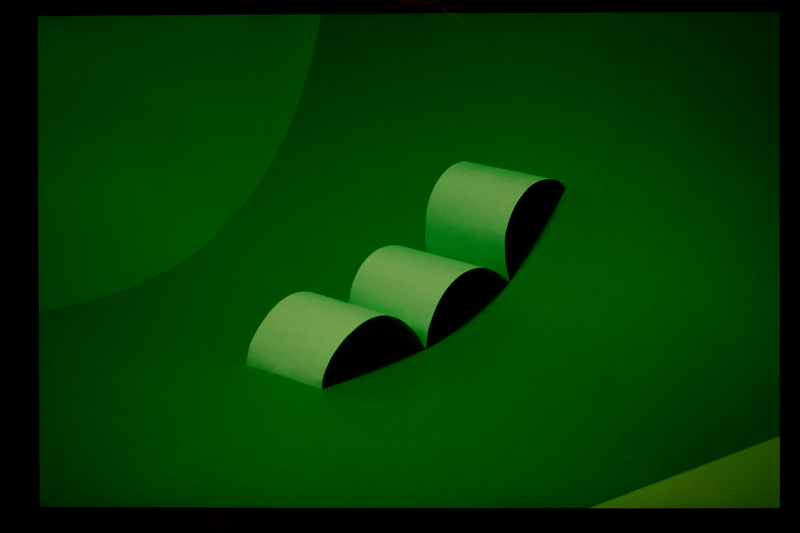

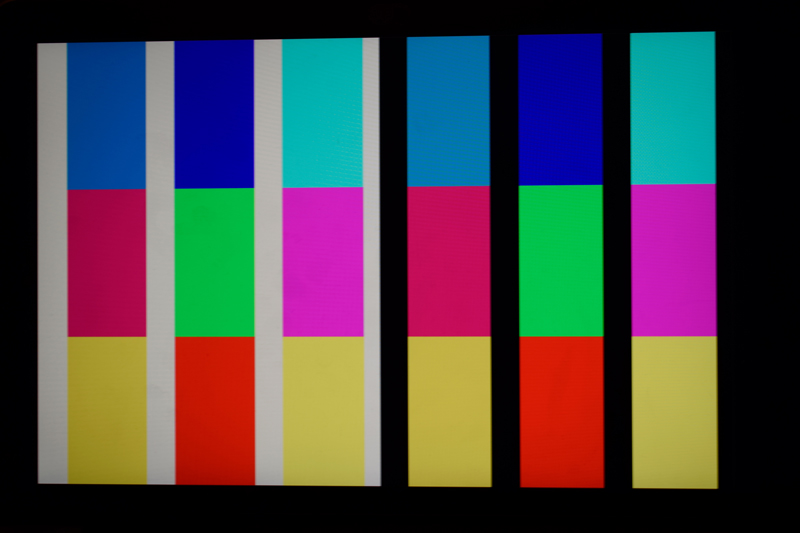
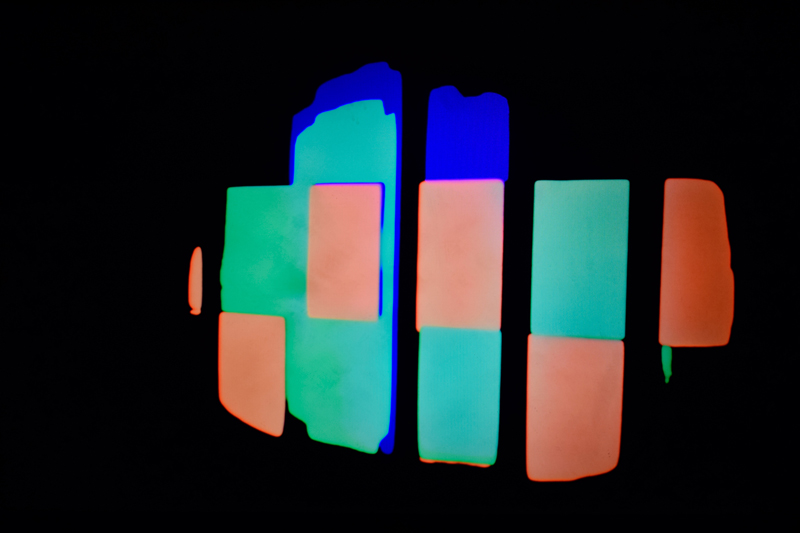
Shot on iPhone 6


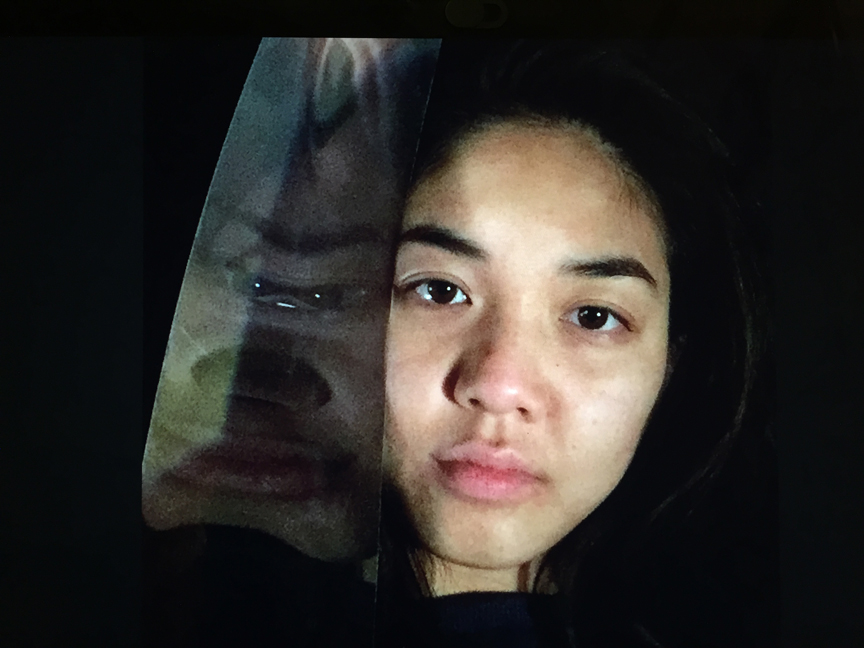
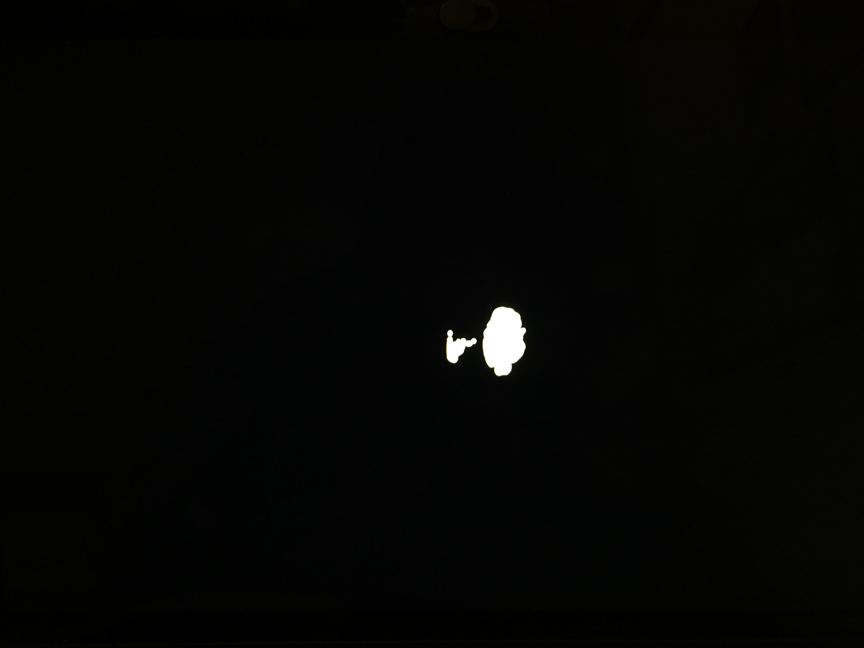
Exhibition
There's an interactive component where members of the audience can get their portrait taken in this way. Firstly, the participant gets their picture taken in the space against a black background. Then they can watch their face morph on the two screens that face each other that have been programmed to capture and send images. Lastly, the participant receives a printed postcard with their final disintegrated image.

